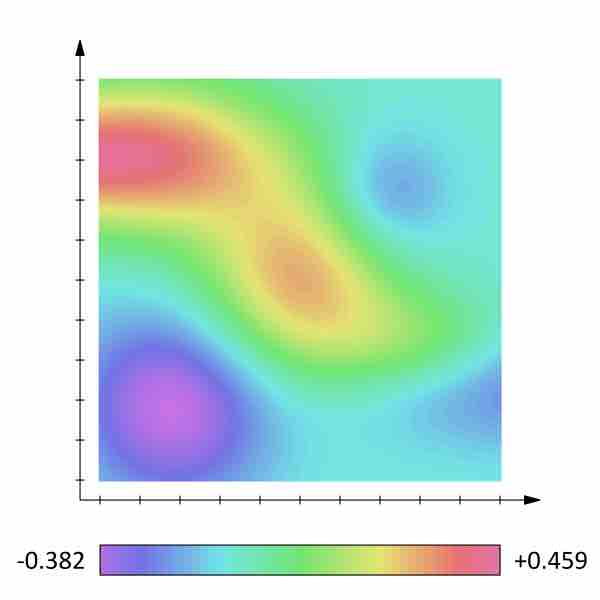The chain rule is a formula for computing the derivative of the composition of two or more functions. That is, if
The chain rule above is for single variable functions
This relation can be easily generalized for functions with more than two variables.

Scalar Field
The chain rule can be used to take derivatives of multivariable functions with respect to a parameter.
Example
For